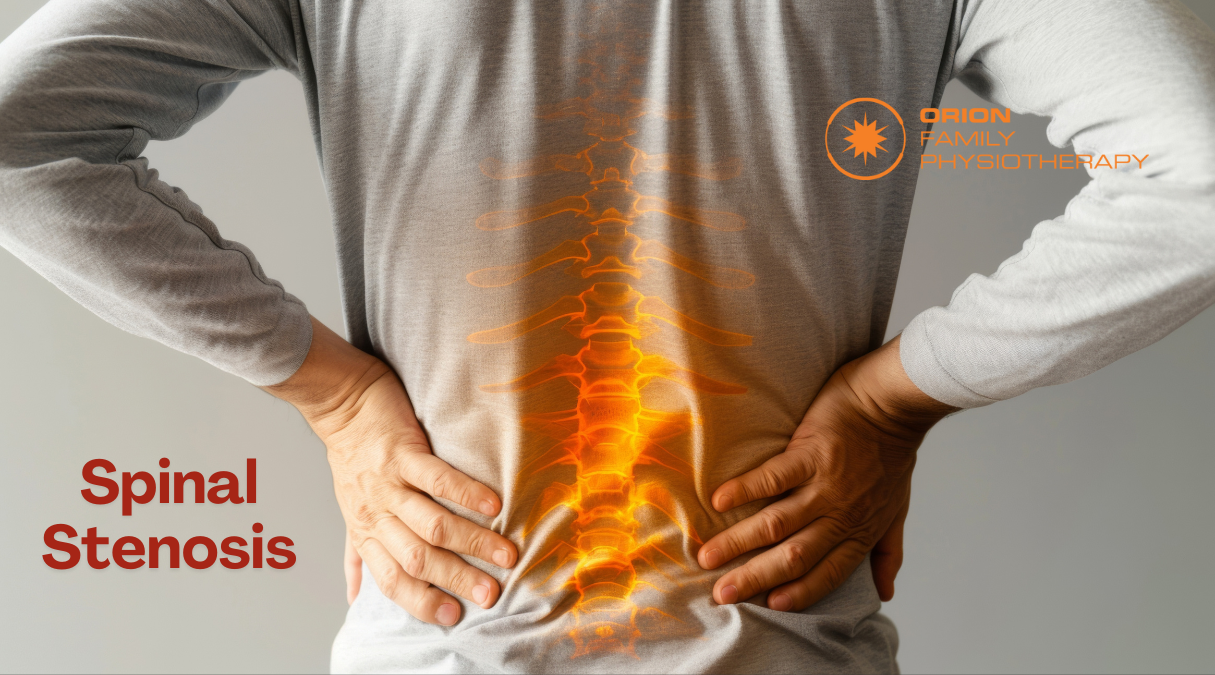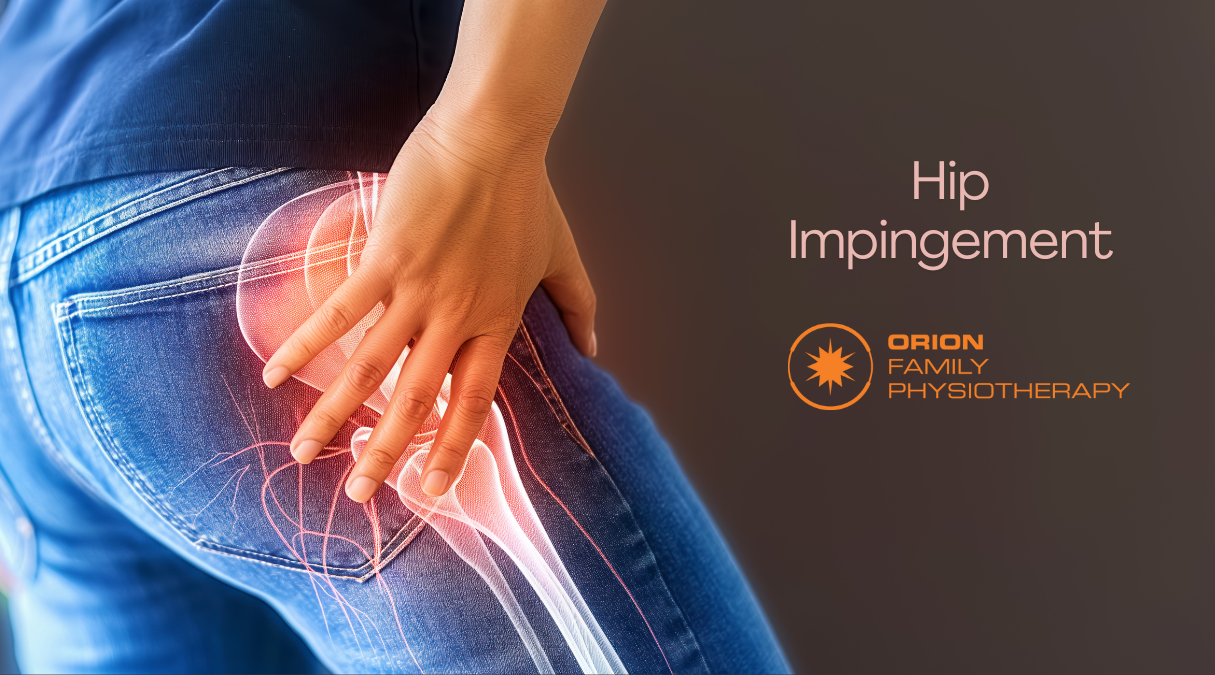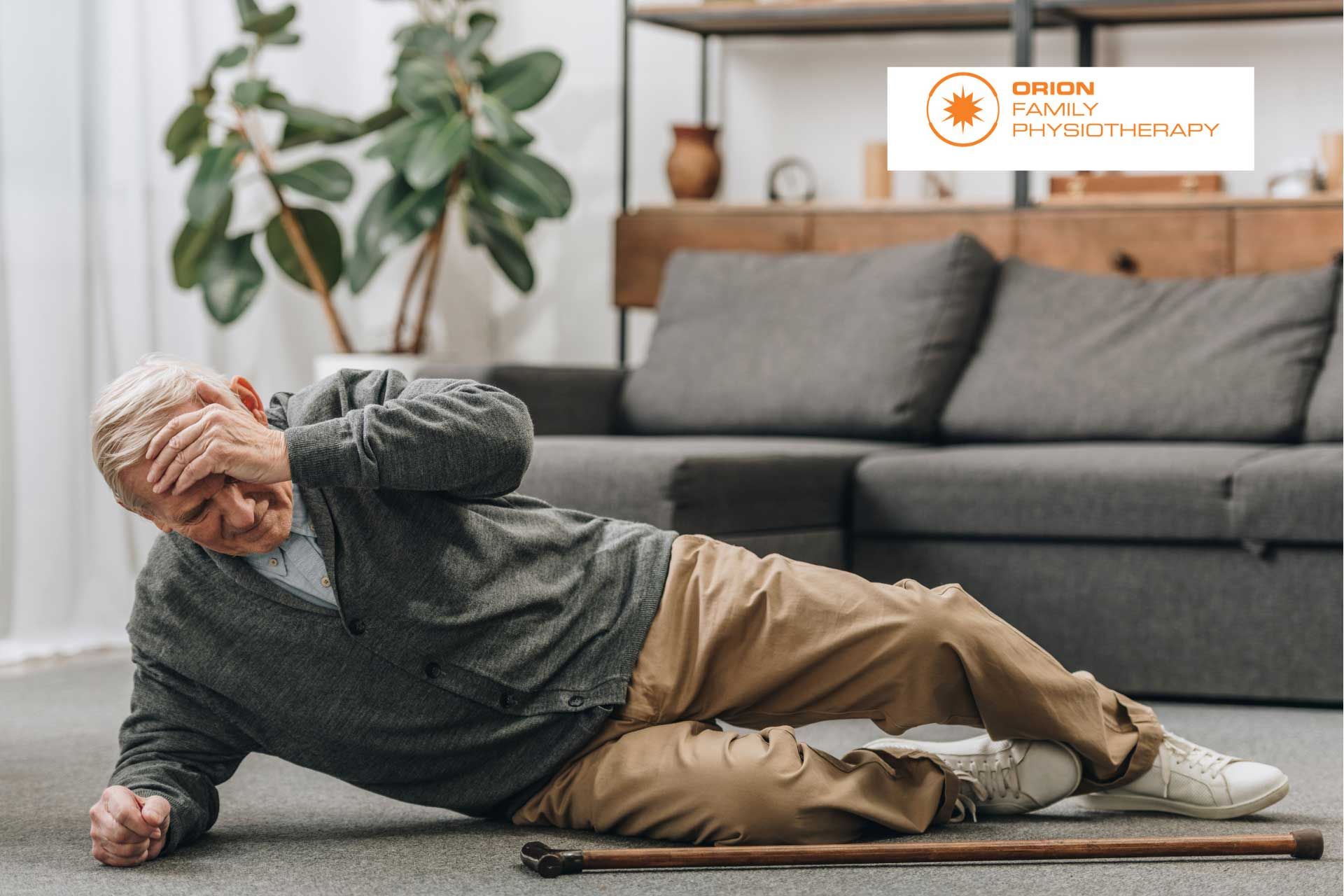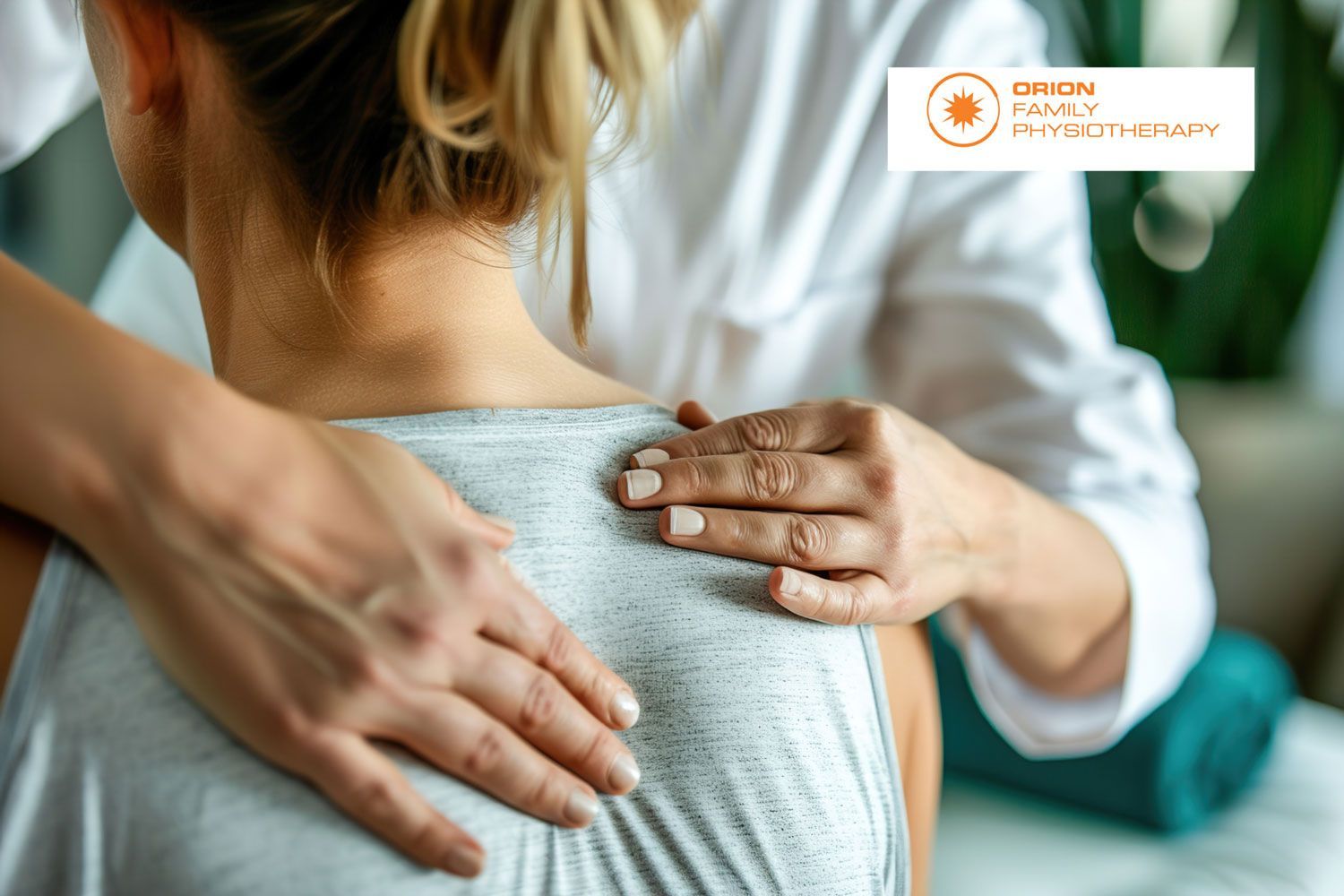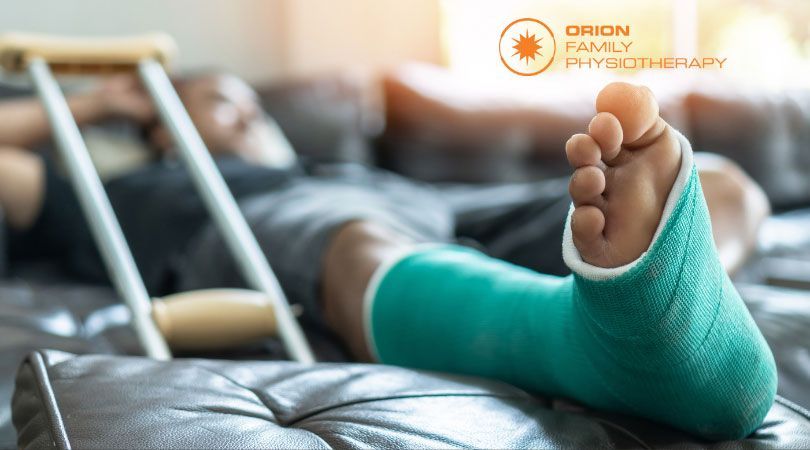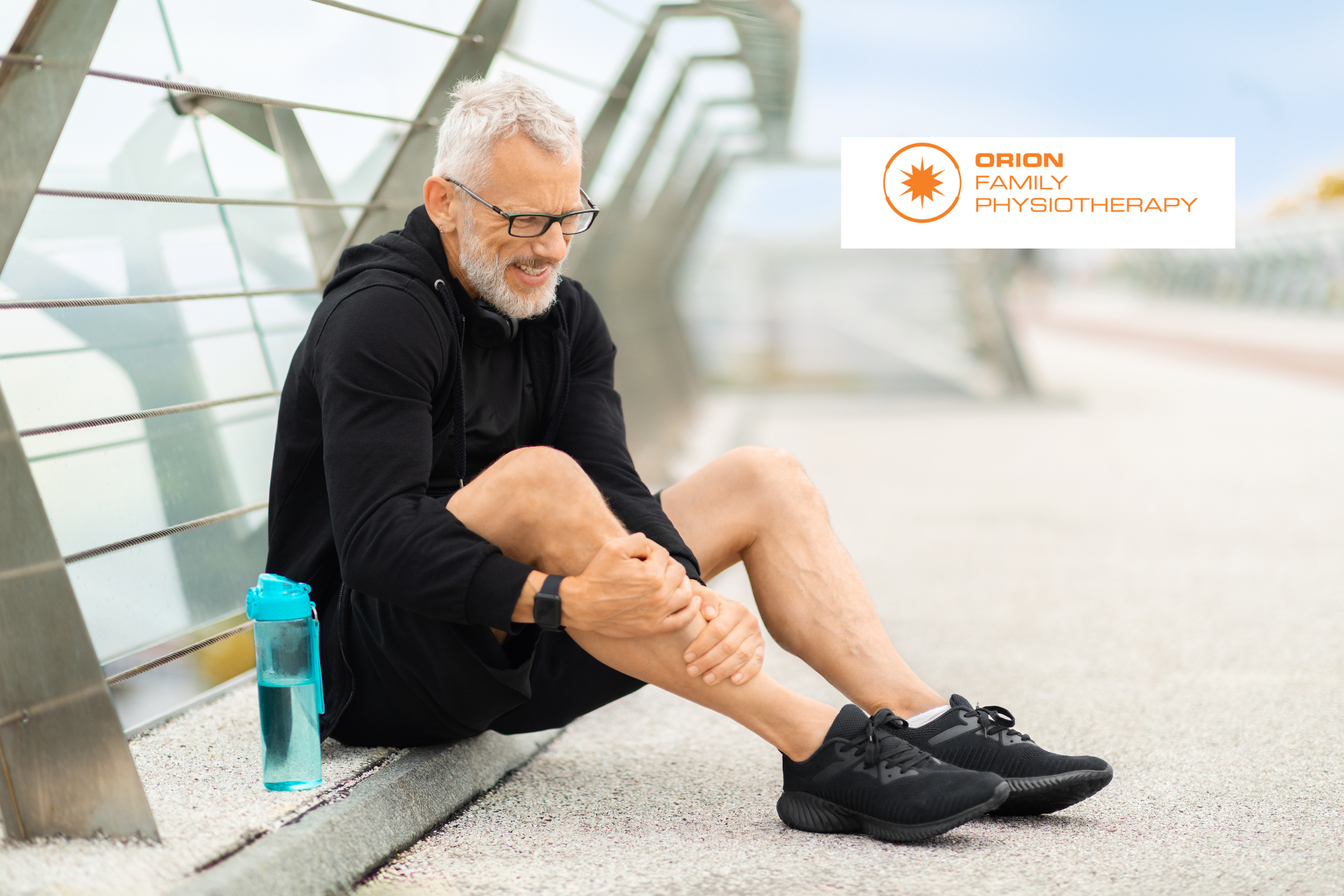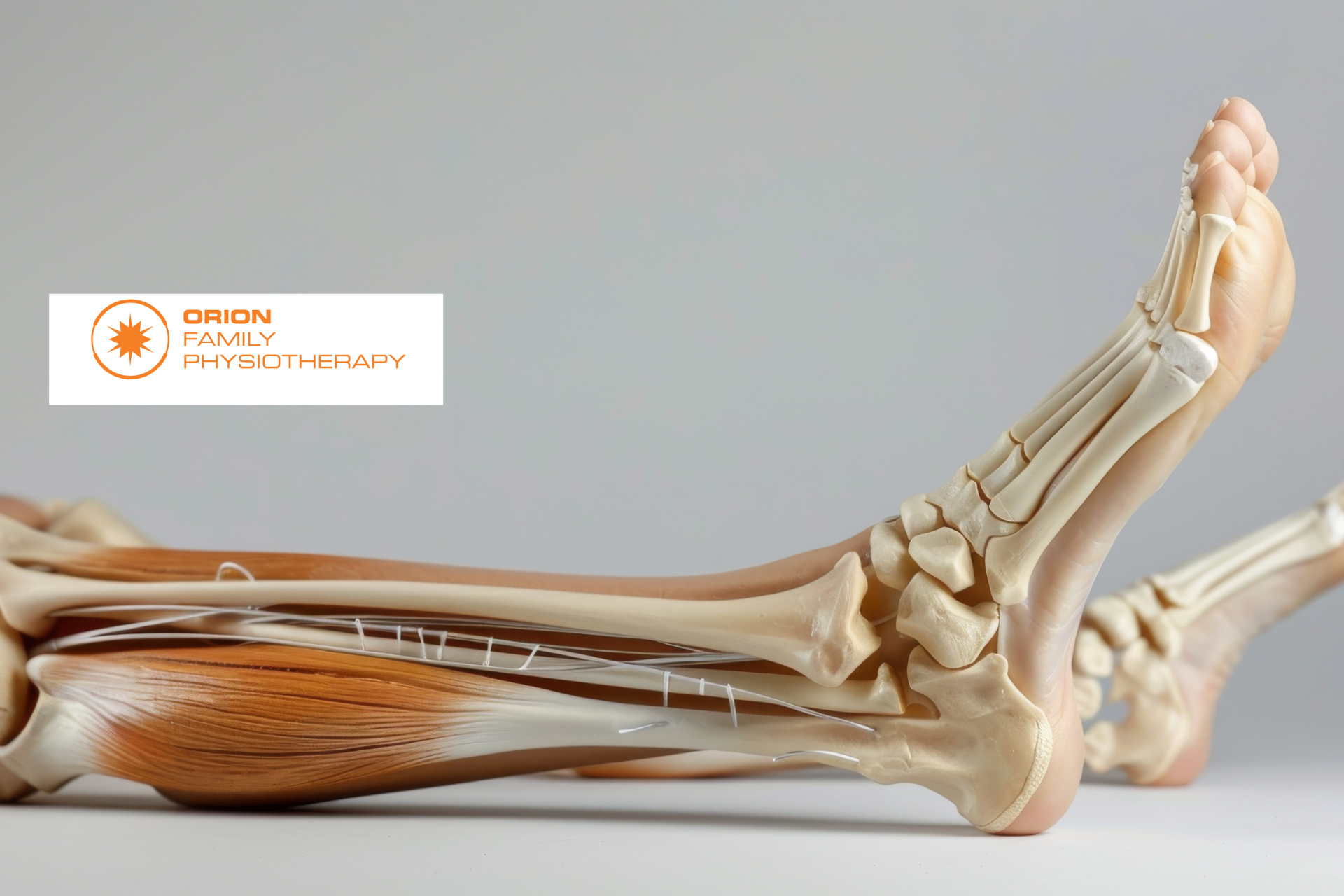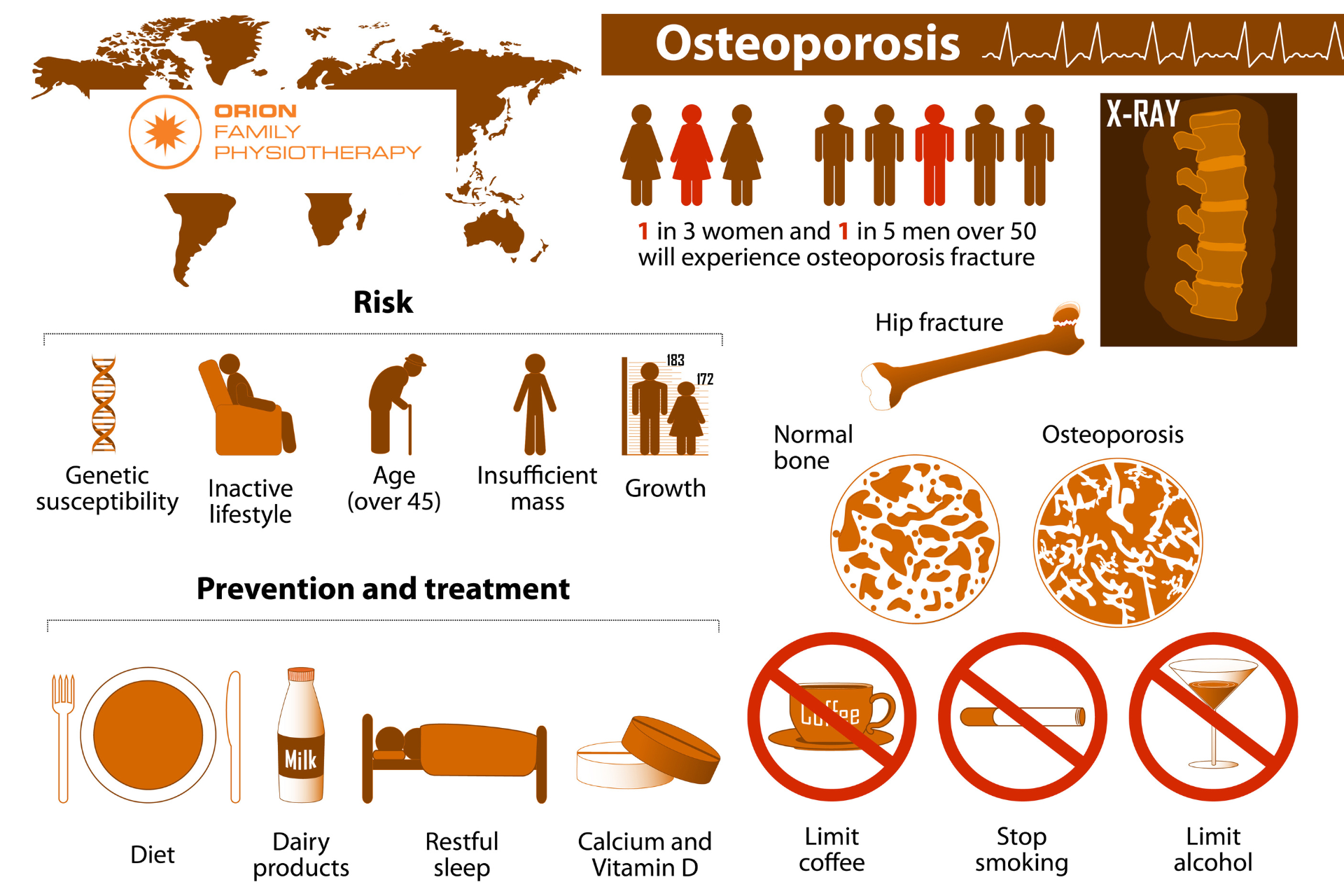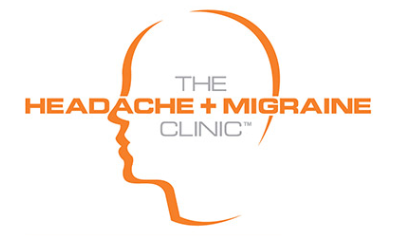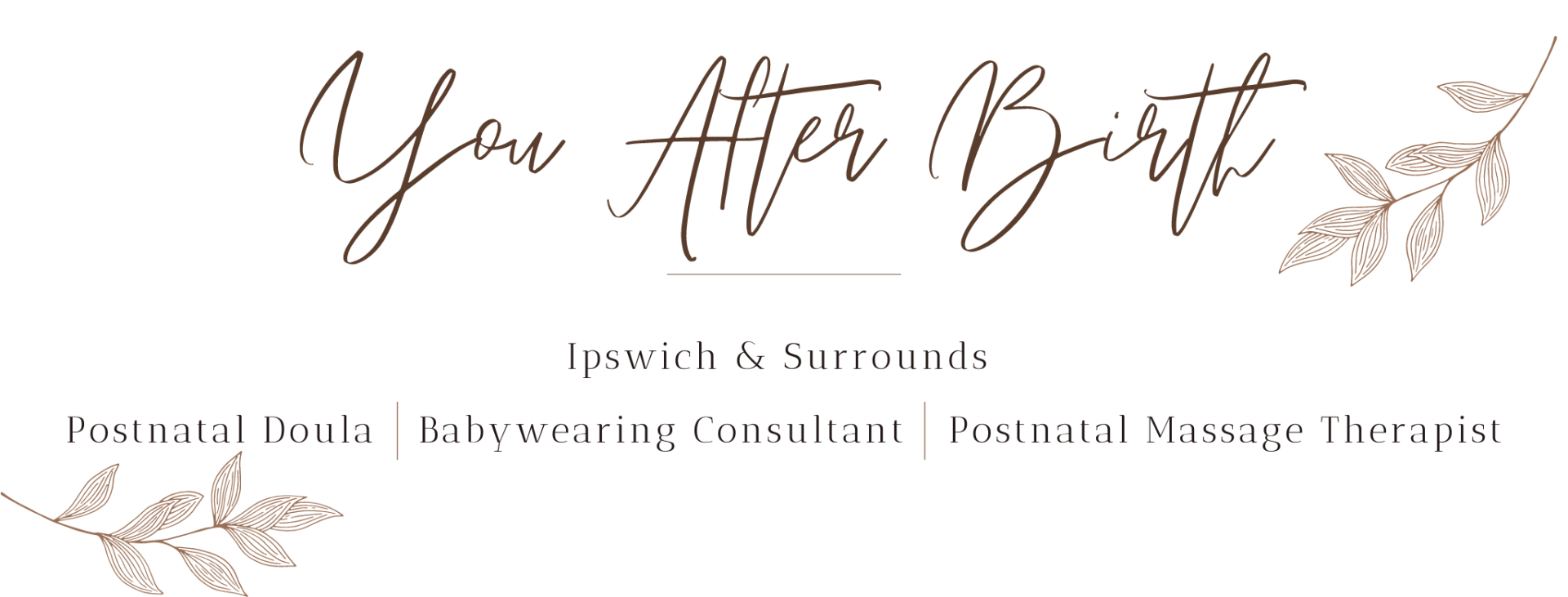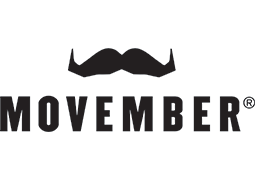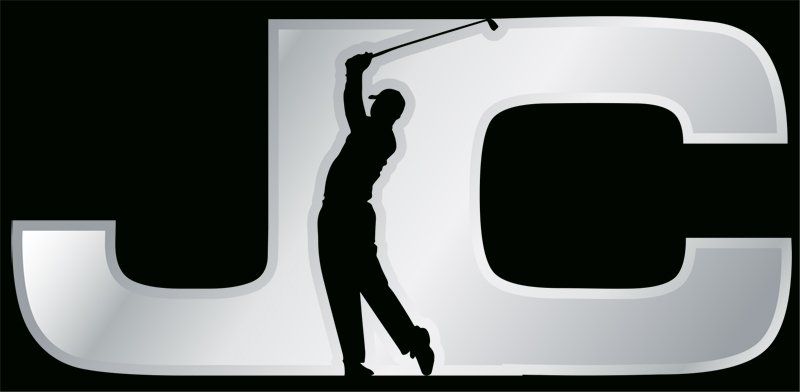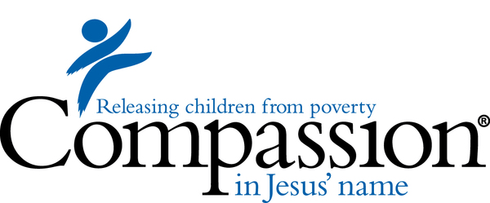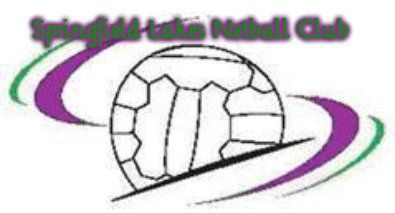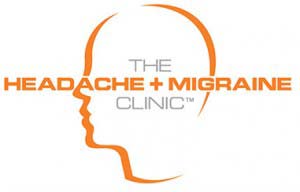10 Top Tips to Avoid Low Back Injuries
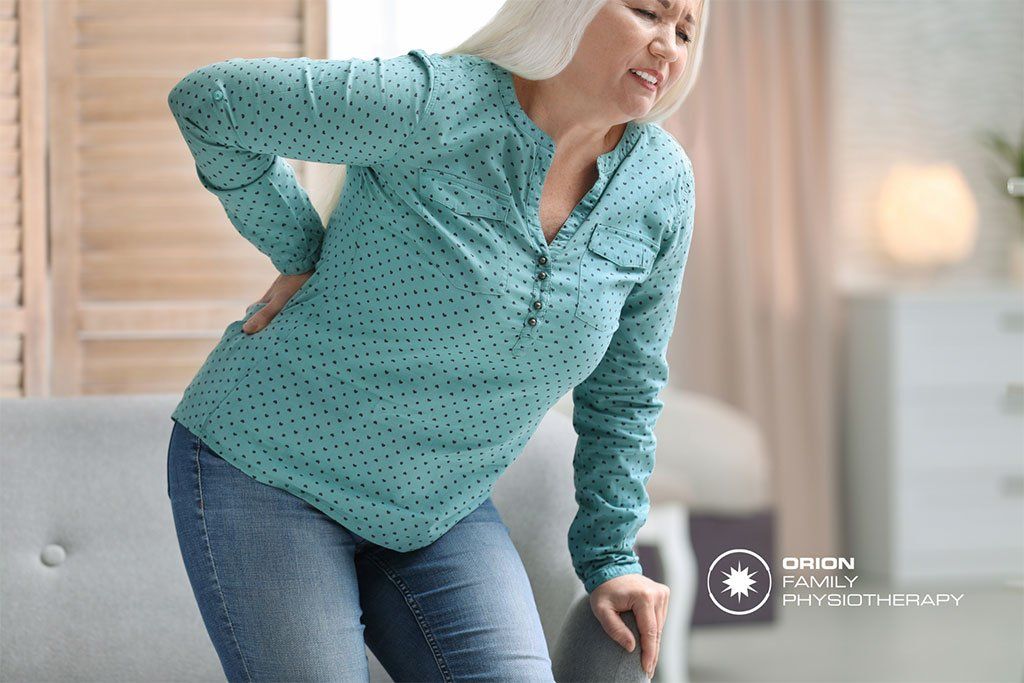
Back injuries and back pain are much too common. In fact, they are the World Health Organisations (WHO) no.1 cause of pain and disability worldwide and back injuries are the 2nd highest contributor to disease burden to Australians (heart disease is the 1st). Happily, there are lots of evidence-based, non-pharmaceutical ways to reduce your risk:
1. Avoid or modify known aggravating activities - This doesn’t mean stop doing everything – just be mindful of the way you do certain activities like reaching for something - it makes all the difference! The most common position to injure your back is bending: Leaning over bathing baby, Leaning over the cot, Leaning over to grab grocery bag off seat in the car, vacuuming, moping, gardening etc. make sure you keep your back relatively neutral during these activities and bend from the hips - pushing your bottom backwards.
2. Be an appropriate body fat percentage – excess weight not only physically loads structures in your back – disks, joints, cartilage etc but body fat (adipose tissue) actually releases chemicals into your body that increase inflammation making pain more likely. Your rough (evidence based) guide to stay within is males 6 – 20%, females 12 – 30% (this range changes with age)
3. Eat healthy – Your gut health and diet have a direct role in your pain levels. Eating well and having good gut health will reduce inflammation, alter hormones, even effect your mood and emotions including your pain perceptions. Make sure to have enough vegetables, protein, vitamins and minerals. Recommended quantities change at various times of your life.
4. Strengthen your Hamstrings – Stronger hamstrings takes direct pressure off your lumbar and thoracic spine. Examples of exercises includes bridging, swiss ball hamstring roll in etc.
5. Strengthen your glutes – This also takes direct pressure off your back and pelvis; it is good for having sustained correct posture. Glutes commonly don’t get enough exercise in sedentary people. Examples of exercises include – hip thrusts, squats, step ups/downs etc.
6. Strengthen your core – There are four layers of your core muscles and they are critical to stabilising your low back and pelvis. Research has found that strengthening your core decreases back pain, reduces your risk of getting back pain and improves daily functioning. How? There are various ways (see your Physio!) commonly people can use cables, bands, medicine balls, simple floor exercises, swiss ball, TRX type systems - not crunches or sit ups!
7. Strengthen your pelvic floor – this ties in intrinsically with core exercises. Commonly people perform various types of isometric holds. We have woman’s health Physio’s specially trained in pelvic floor issues.
8. Correct your posture – A correct posture takes physical load off components in your back including vertebrae, disks and muscles. It is important to be mindful of not just sitting posture but also standing and bending postures. It is also important to be aware of your posture throughout the day, especially in the evenings when people are often a bit tired and start to slouch. It is good practice to set up reminders for yourself.
9. Stretch – Daily. Your back, glutes, hip flexors and hamstrings are the most important. Hold stretches for 20 – 30 seconds at a point of stretch feeling or discomfort (never pain) for best lengthening outcomes.
10. Self-mobilise joints – This loosening of the joints in your spine (especially your mid back (thoracic spine)) is very safe and takes pressure off your low back. This is even more helpful to do if you do a bit of sitting through the week. Applying a heat pack before you perform this helps loosen the muscles around the joints and can give an even better result. Ways to do this include laying on devices like a posture pro, back balls or foam roller. These are available at our clinic – talk to the team for what will be best for your circumstance.
To note - many of these tips for reducing your risk of developing back pain double as highly efficient and evidence-based ways to reduce your back pain if you already are suffering from some. It is wise to consult your Physio as to which ones will be most appropriate and helpful in your situation.

